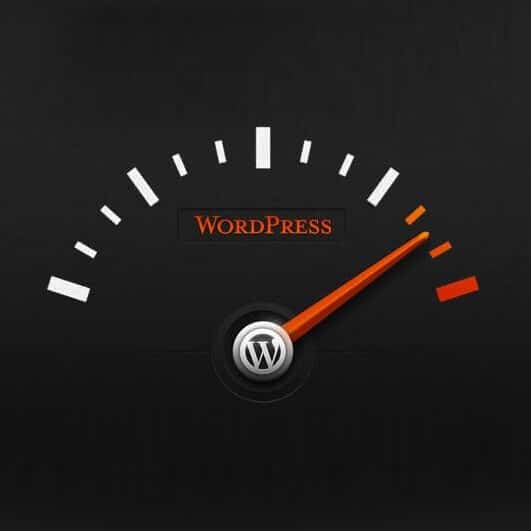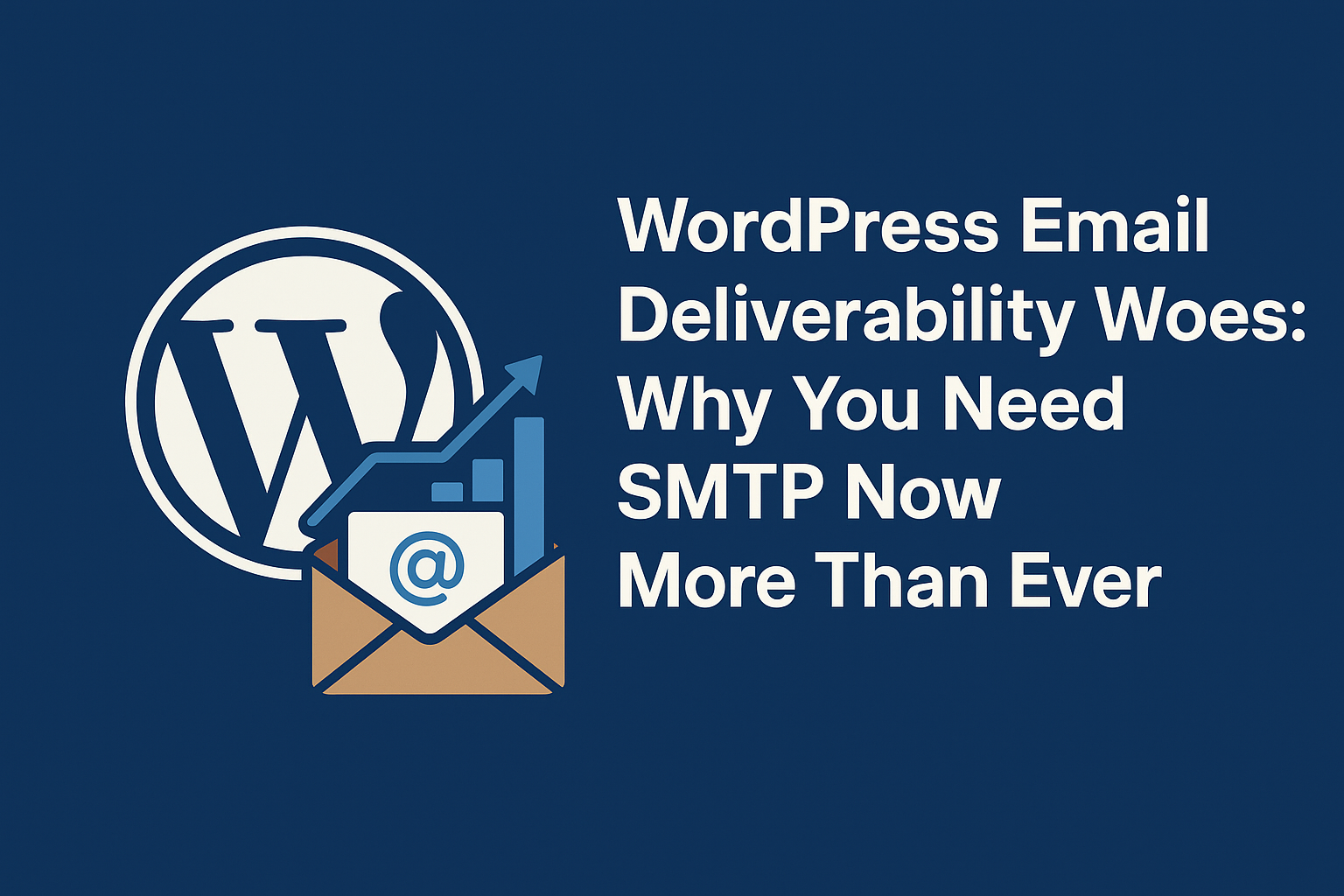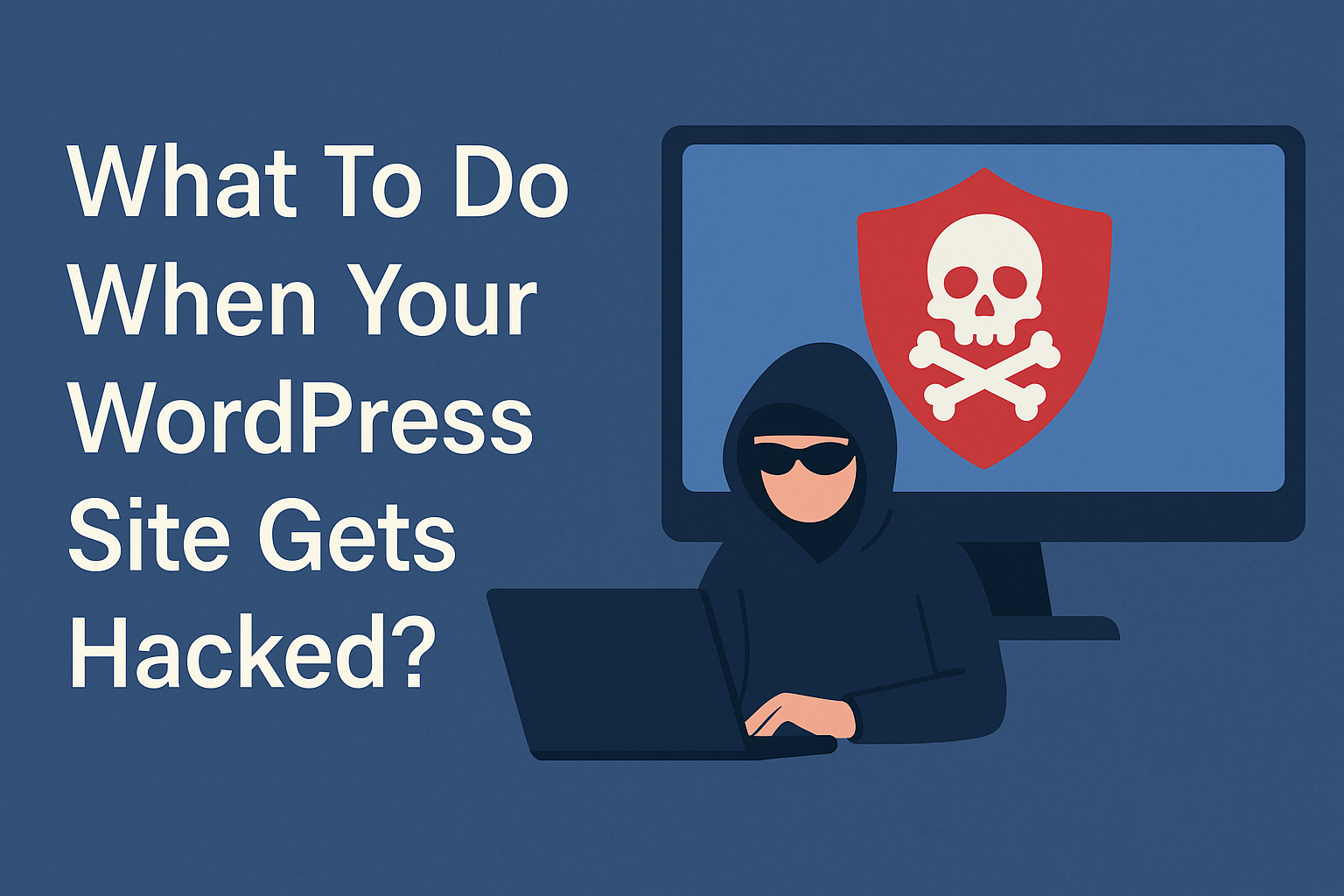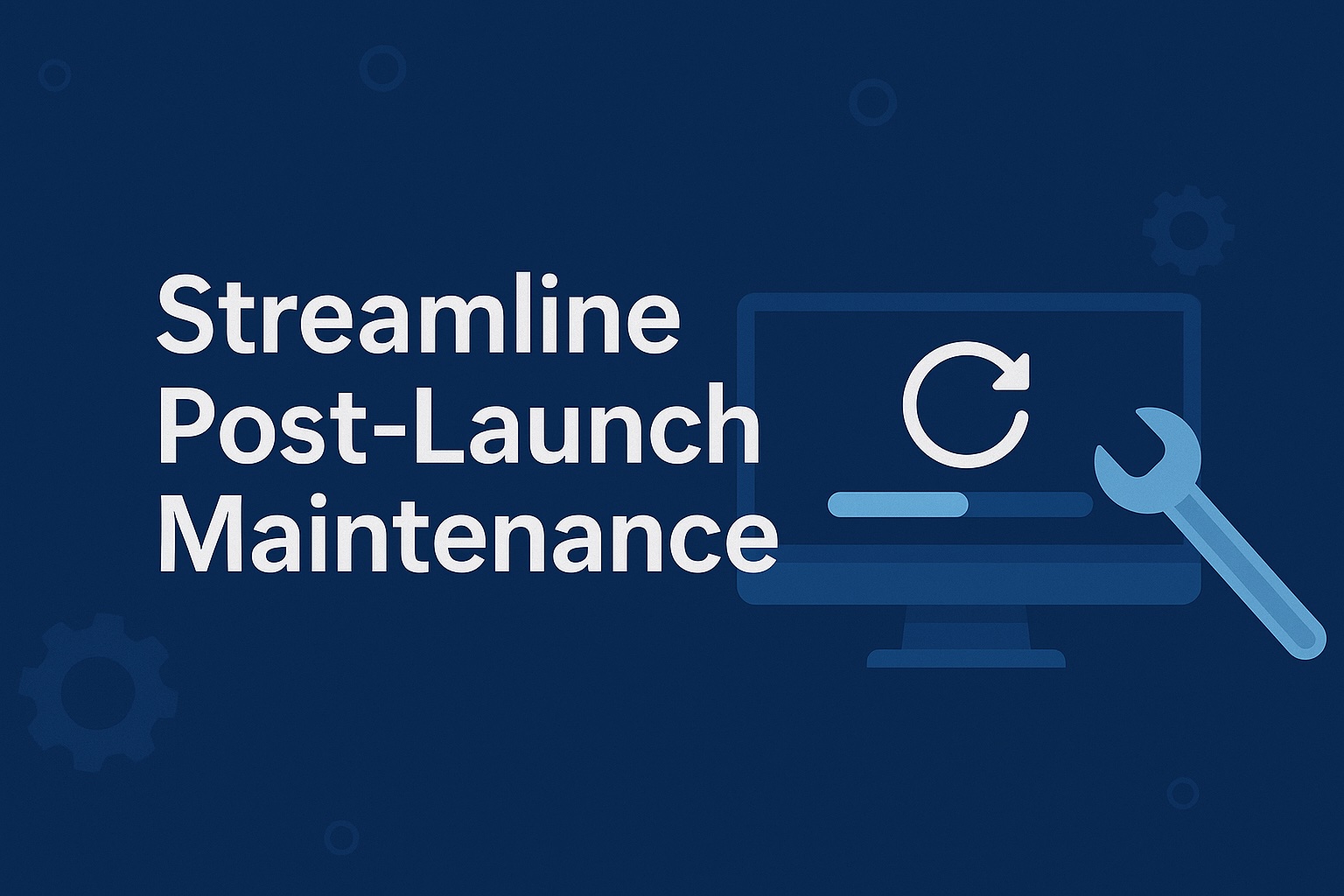
When you’re building a WordPress website, part of the challenge is balancing the need for speed with content that keeps visitors on your site long enough to become customers. Face it — slow loading times make a bad impression on potential customers, and images drag your site speed down while decreasing your available server space. Fortunately, optimizing images for WordPress offers a fuss-free way to achieve equilibrium between lightning-fast load times and top-notch image quality.
Why WordPress Image Optimization Matters
Though related to speed, WordPress image optimization matters in other ways. How? Search engines such as Google rank pages based not only on speed but also content, and this criteria makes it important to focus on using every optimization tool available to boost your search engine ranking. Compressing images to a smaller file size is just half the big picture when it comes to optimization — you should also take advantage of image tags or image alt text to add keywords and phrases to your photos. While this attention to detail may not matter to your customers, it typically has a major impact on whether they find you in the first place.
Testing Your WordPress Site Speed
Before you start optimizing images for your WordPress website, you need to understand just how the media you use affects its speed. The free web app Pingdom and the mobile/web app Google PageSpeed Insights let you test your WordPress site speed seamlessly by simply entering your URL and clicking a button. After the test is complete, both apps provide a comprehensive report on where your site excels and fails in terms of speed. Knowing the culprit behind lags shows you where to focus your WordPress image optimization efforts simply and quickly.
How to Optimize Images for WordPress
 Optimizing images for WordPress takes many forms, from the type of images you use and their size to compressing and preloading media, and image optimization plugins and tools make the job easier in some cases. Best SEO practices point to creating and deploying a strategy that encompasses each area to keep your WordPress website ahead of the competition in terms of speed and search engine ranking. The techniques to optimize images listed below are some of the most effective ways to achieve your goals of delivering high-quality content that boosts your SEO goals.
Optimizing images for WordPress takes many forms, from the type of images you use and their size to compressing and preloading media, and image optimization plugins and tools make the job easier in some cases. Best SEO practices point to creating and deploying a strategy that encompasses each area to keep your WordPress website ahead of the competition in terms of speed and search engine ranking. The techniques to optimize images listed below are some of the most effective ways to achieve your goals of delivering high-quality content that boosts your SEO goals.
Choosing the Right Image Type
Believe it or not, image file type matters when optimizing and uploading images for WordPress. When you’re dealing with small photos like thumbnails, choosing the JPG/JPEG image format provides lossy compression, which means data gets lost on larger images. Portable Network Graphics (PNG) image files, however, compensate for this with lossless compression, which means the files retain quality, even when expanded for greater detail. Additionally, GIF files enable fast-loading animation when used in place of video clips. This means a mixture of small JPG/JPEG images, larger PNG images and animated GIF images keeps high-quality content at the forefront without unduly sacrificing speed in the process.
Resizing JPGs/JPEGs and PNGs
The size of the displayed photo matters when you optimize images for WordPress because the larger the image, the larger the file size. Since you know the JPG/JPEG format works best for smaller pictures, you can create high-quality thumbnail images that link to larger PNGs to show customers more detail, thus balancing quality with server space and speeding up load times. Keep in mind that even when you wish to show customers larger photos, you typically need to polish raw, unoptimized images in a photo editor such as Adobe Photoshop to compress, resize and even tag it with keywords before exporting it for upload to your WordPress site.
Using GZIP Compression
 Offered by lots of web hosts as an add-on to your plan, GZIP compression cuts down on your website’s file size across the board, which reduces bandwidth and speeds up data delivery to customers’ web browsers. Plugins such as WP Super Cache get the job done if you don’t have server-side compression options by generating static files instead of “heavier” pages in terms of scripts. These plugins then feed that HTML file to users who haven’t identified themselves as more than leads. Only customers who log in, post a comment or go to some link beyond your password protection will then receive full-featured access to your WordPress website, thus helping prevent lag.
Offered by lots of web hosts as an add-on to your plan, GZIP compression cuts down on your website’s file size across the board, which reduces bandwidth and speeds up data delivery to customers’ web browsers. Plugins such as WP Super Cache get the job done if you don’t have server-side compression options by generating static files instead of “heavier” pages in terms of scripts. These plugins then feed that HTML file to users who haven’t identified themselves as more than leads. Only customers who log in, post a comment or go to some link beyond your password protection will then receive full-featured access to your WordPress website, thus helping prevent lag.
Lazy Loading Image Files
If you must use high quality images with large file sizes, lazy loading helps stave off visitor loss with the tweak of some settings. While you can optimize original images yourself or resize image dimensions, using the Lazy Load plugin saves some time and effort. This WordPress plugin changes the way content on your website loads, forcing items visitors see first — including new images — to load first. It then loads text, images and Javascript as viewers scroll down your web page. By loading the smaller WordPress website elements first, Lazy Load helps you make a big impact in that oh-so-important top of the page real estate while reducing the amount of content loaded for visitors who bounce.
Caching Images for Quicker Access
Image caching proves one of the most effective methods of WordPress image optimization as it makes use of existing images stored either within visitors’ web browsers or on proxy servers. This means users experience fast load times when they visit your site again or encounter the same image on a different page within your website for a net reduction in application requests. By contrast, proxy caching places files on point-of-presence (PoP) servers. The method ensures both new visitors and regular users have quicker access to WordPress image files, and it’s simple to set up via content delivery networks (CDN) such as Cloud Flare.
Removing EXIF Data
EXIF data contains information about the photo you’re uploading. Though the size of EXIF metadata is typically minimal compared to the size of large images, every little bit of savings helps when it comes to speeding up WordPress load times. Additionally, metadata such as this can identify your location and even your camera at times, so removing it makes sense both for speeding load times and protecting your privacy. Though plugins aren’t available to strip this data from photos, you can do so manually by right-clicking on images saved in your Windows system, clicking the Properties button, then the Details button, and then clicking Remove Properties and Personal Information.
Using All-in-One Optimization Plugins
Everyone from novices to experts can save time by using WordPress image SEO plugins that combine several techniques into a single platform. For instance, Smush enables lazy loading, changes image file size and provides lossless image file compression, while EWWW Image Optimizer offers support for PDF and webP file formats and free image backups. The ShortPixel Image Optimizer, by contrast, delivers both lossless and lossy image compression and saves original copies of your photo in case you need it later. Kraken.io Image Optimizer allows bulk resizing and outputs optimized images to your WordPress media library. Other all-in-one WordPress image optimization plugins that combine functionality include popular options such as WPCompress, Optimole and Imagify.
Optimize Your Images to Improve Site Speed
Ensuring visitors to your website have a great user experience begins and ends with fast load times. Most people don’t stick around if your site doesn’t load immediately, and that’s why optimization of images for WordPress matters. By properly balancing your media and how it’s delivered to website visitors, you boost your number of potential leads and customers and thus your business’ bottom line. Interested in learning more about our WordPress services? Contact the WP SitePlan team for WordPress website management services at 866-956-2330 or fill out our contact form today.


